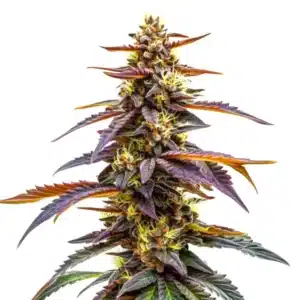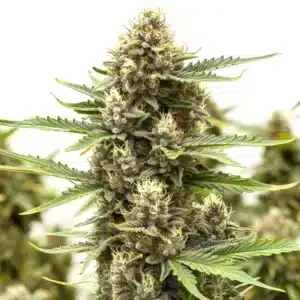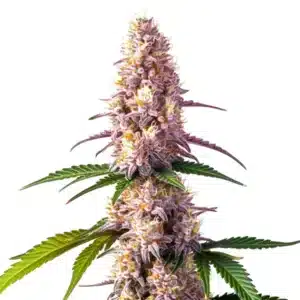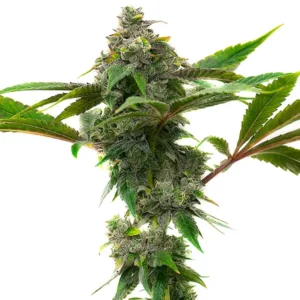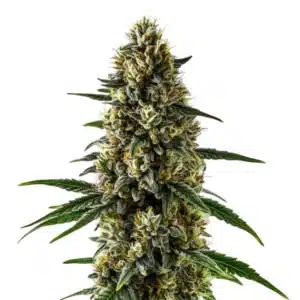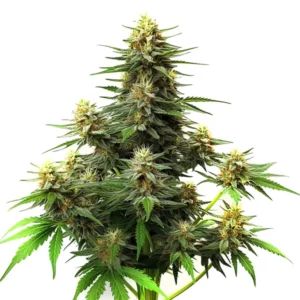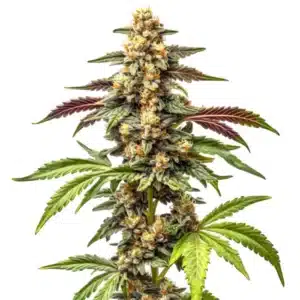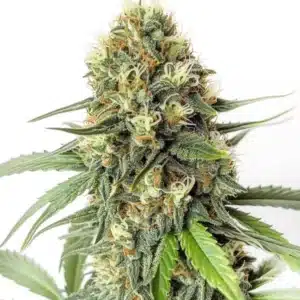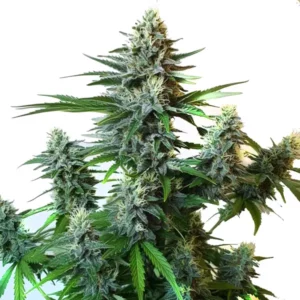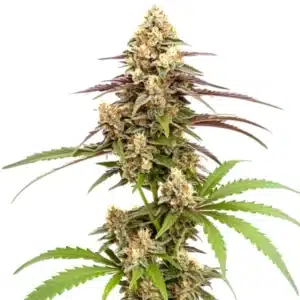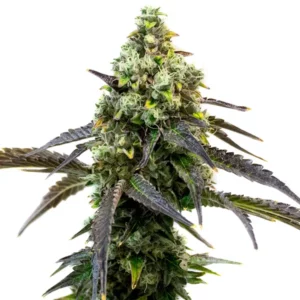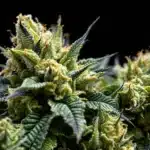
Cracking the Code: F1, F2, S1 Cannabis Seeds Explained for Growers
You’re browsing seeds online, excited for your next grow, and you keep seeing these weird codes: F1 hybrid, F2 generation, S1 seeds… What the heck does all that mean? Is it just marketing hype, or does it actually matter? This is where F1 F2 S1 cannabis seeds explained becomes essential — knowing these terms helps you choose the right genetics for your grow and predict how your plants will perform.
Let me tell you straight up: it matters. A lot. Knowing these simple codes is like having an insider’s map to the world of cannabis genetics. It tells you what the breeder was trying to achieve and, more importantly, what you can expect to see in your garden. Let’s crack this code together and dive into F1 F2 S1 cannabis seeds explained for every type of grower.
Recommended Strains
Future #1
|
|
THC | 30% - 37% (High) |
|
|
Type | Feminized |
|
|
Yield | Medium |
|
|
Phenotype | 50% Indica / 50% Sativa |
RudeBoi OG F1
|
|
THC | 19% - 23% (Medium) |
|
|
Type | Feminized F1 |
|
|
Yield | High |
|
|
Phenotype | 50% Indica / 50% Sativa |
The Foundation: What Breeders Actually Do
Before we get to the F’s and S’s, you gotta understand the breeder’s game. They start with two different parent plants (P1 and P2). When they cross them, the seeds they create are the first generation.
But here’s the magic and the madness: those first seeds aren’t all identical! Just like human siblings, they show a mix of traits from both parents. The breeder’s job is a long, patient hunt. They grow out maybe a hundred of those seeds, looking for that one single plant—the “keeper”, that perfectly combines the best traits of both parents. Then, they work for generations to stabilize those traits.
Okay, now let’s talk about those codes — the core of F1 F2 S1 cannabis seeds explained.
F1 Seeds: The Power Hybrid
What it means: F1 stands for “First Filial” generation. This is the direct result of crossing two distinct, stable, and usually unrelated parent plants. Think of it like breeding a Poodle with a Labrador to get a Labradoodle.
What to expect: Uniformity and vigor! This is the magic of the F1 hybrid. Because the parents were stable, the F1 offspring are usually incredibly consistent. They all grow similarly, flower at the same time, and have that awesome “hybrid vigor” (heterosis), meaning they are often stronger, faster-growing, and higher-yielding than either parent.
Who loves F1s: Commercial growers adore them for their predictability. If you want a reliable, consistent, high-performance crop with minimal surprises, the F1 hybrid is your champion.
F2 Seeds: The Genetic Treasure Hunt
What it means: F2 is the second generation. It’s what you get when you cross two F1 plants together (brother x sister, essentially).
What to expect: Variety! Lots and lots of variety. Remember how the F1 Labradoodle was consistent? Well, if you breed two Labradoodles together, their puppies (the F2s) will be all over the map. Some might look like Poodles, some like Labs, and some will be a unique mix. F2 seeds are a genetic lottery. You’ll find a huge range of different expressions, or “phenotypes.”
Who loves F2s: Breeders and pheno-hunters! F2 seeds are a playground for discovery. If you love the thrill of the hunt, searching for that one unique, standout plant that nobody else has, then the F2 generation is where the treasure is buried. It just requires more plants and more patience to find it.
S1 Seeds: The Mirror Image
What it means: S1 means “first selfed generation.” This is a special technique. A breeder takes a cutting (a clone) of a prize-winning female plant, reverses it using a special process to make it produce pollen, and then uses that pollen to pollinate another clone of the exact same female. Essentially, the plant is breeding with itself.
What to expect: A near-perfect copy of the mother plant, but in seed form. S1 seeds are designed to be as close as possible to growing a clone of that original “keeper” female.
Who loves S1s: Growers who want to preserve the genetics of a legendary, clone-only strain. Or anyone who has found their personal “holy grail” plant and wants to create seeds that will reliably reproduce its magic. One warning: selfing can sometimes bring out hidden negative traits, so the quality of the original mother plant is absolutely critical.
Promos & Deals
Why This Matters for Your Grow
Knowing this code helps you choose the right tool for the job. If you’ve ever wondered how F1 F2 S1 cannabis seeds explained could impact your results, this is where it all comes together.
- Want a super consistent, high-yielding crop for your main production? Go with a proven F1 hybrid from a trusted breeder.
- Love experimenting and hunting for unique gems? Pop some F2 seeds and enjoy the adventure.
- Found a plant you absolutely adore and want to preserve its exact traits? Look for S1 seeds of that specific cut.
When you Cultivate with knowledge, you make smarter choices. You Nurture your Homegrown garden with purpose, helping your chosen genetics Thrive. That’s how we Innovate and grow together as a Community.

FAQs about F1 F2 S1 cannabis seeds explained
What’s the main difference between F1, F2, and S1 cannabis seeds?
Think of it like this: F1 is the first cross of two different, stable parents = high uniformity and vigor. F2 is crossing two F1s together = lots of variation, a genetic lottery. S1 is a female plant bred with itself = aims to be a seed copy of the mother plant.
Are F1 hybrid seeds always better?
“Better” depends on your goal. For consistency, predictability, and often yield, a well-made F1 hybrid is usually the best choice, especially for commercial growers. But for breeders or hobbyists looking for unique traits, the variation in an F2 pack is more exciting.
What does S1 mean, and why would I choose S1 seeds?
S1 means the seed was created by “selfing”, forcing a female plant to pollinate itself (or a clone of itself). You choose S1 seeds when you want to grow a seed version that is as close as possible to a specific, prized female mother plant, often preserving the genetics of a famous clone-only strain.
What is “hybrid vigor”?
Hybrid vigor (or heterosis) is a natural phenomenon where the first generation offspring (the F1) of a cross between two different, stable parent lines is actually stronger, healthier, and higher-yielding than either of the parents. It’s one of the main benefits of growing F1 hybrid seeds.



